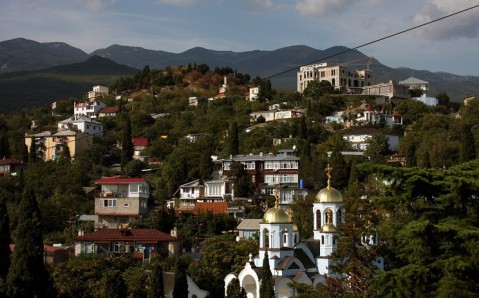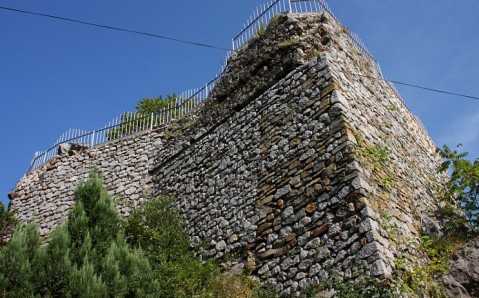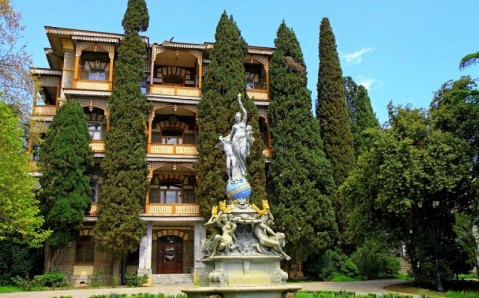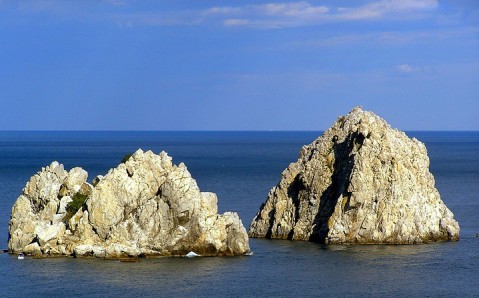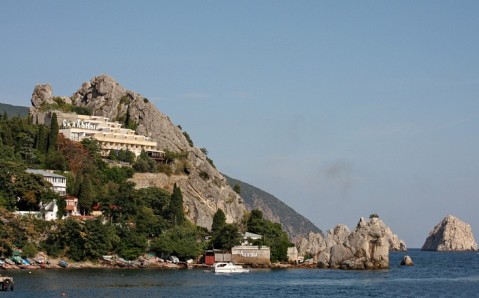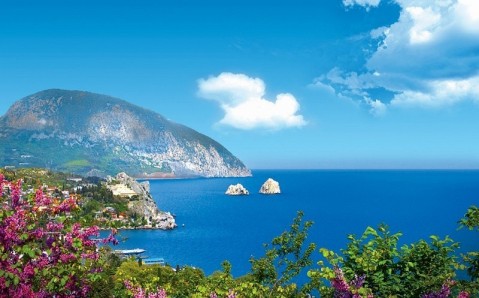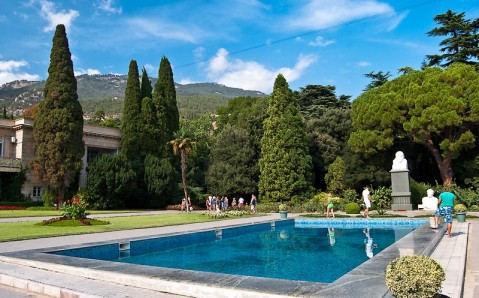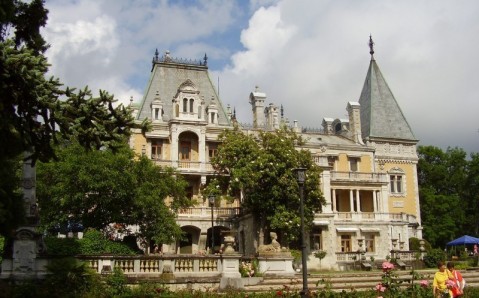Gurzuf
Gurzuf's size - it's a small resort settlement on the Southern Coast of Crimea - is incomparable to its popularity among vacationers and travelers. And it's no surprise: lying on the picturesque bay's beach caringly protected by the huge mountain amphitheatre, it attracts with its fabulous sceneries, curative climate, tender sea, and a bulk of natural, archeological and architectural monuments.
People caught fancy of this wonderful place on the Black Sea shore many centuries ago. However, Gurzuf hadn't been developing as a resort until the late 18th century, when Crimea was adjoined to Russia and Imperator's family and representatives of Russian aristocracy chose it as their favourite recreation place. Later, many writers, artists and musicians sought inspiration at Gurzuf's splendid landscapes.
The first thing that draws attention in Gurzuf is its gorgeous 12-hectare park laid on the seaside rock in the early 19th century. Magnificent landscapes and rich vegetation made it to one of the best parks on the southern coast of Crimea. Today, over a hundred kinds of ornamental trees and bushes grows here - both, Crimean natives and peculiar, brought here from all over the world. Numerous alleys with benches, where one may take a rest, run through the park.
Buildings of Gurzuf military sanatorium - one of the south-coastal oldest health resorts - shine, as if true pearls, against the background of juicy verdure. Built in the late 19th century, they have bright architecture that fortunately combines traits of Oriental style with traditions of Russian wooden architecture and ancient motives.
Once, the Gurzuf Park was adorned with five original sculptural allegoric compositions with fountains. However, only two of them - 'Rachel' and 'Night', created after antique mythology motives - survived until now. They are true artworks that are probably the main sight of the landscape complex. There is also a sculptural gallery in the park. It features busts of famous people, who visited Gurzuf and were affected by its beauties: Vladimir Mayakovski, Lesya Ukrainka, Adam Mickiewicz, Feodor Chaliapin, Anton Chekhov and many others.
There are also archeological monuments in Gurzuf. These are, in particular, ruins of the medieval fortress, built by Byzantines on the Dzhenevez-Kaya Rock (Genoese Rock) in the 6th century and lasted out for nine centuries. In the Middle Ages, the outpost, protected with formidable cliffs from three sides, controlled Gurzuf's bay, where sea ships could moor. Today, the remains of powerful defensive wall and foundations of Byzantine basilica and dwelling houses, built in the 14th-15th centuries, may be seen atop the rock. A huge tunnel made in the rock survived here as well. In the Middle Ages, fortresses residents used to watch the sea with its help.
And today, tourists admire Gurzuf's natural treasure - the Adalar Islands - from here. These are two small rocky islands reminiscent of peculiar fairy-tale castles. Popularly known as Twin-Rocks or White Stones, they jut out for 200 meters into the sea. The Adalar Islands are one of the most famous Gurzuf's symbols.

 Crimea
Crimea
